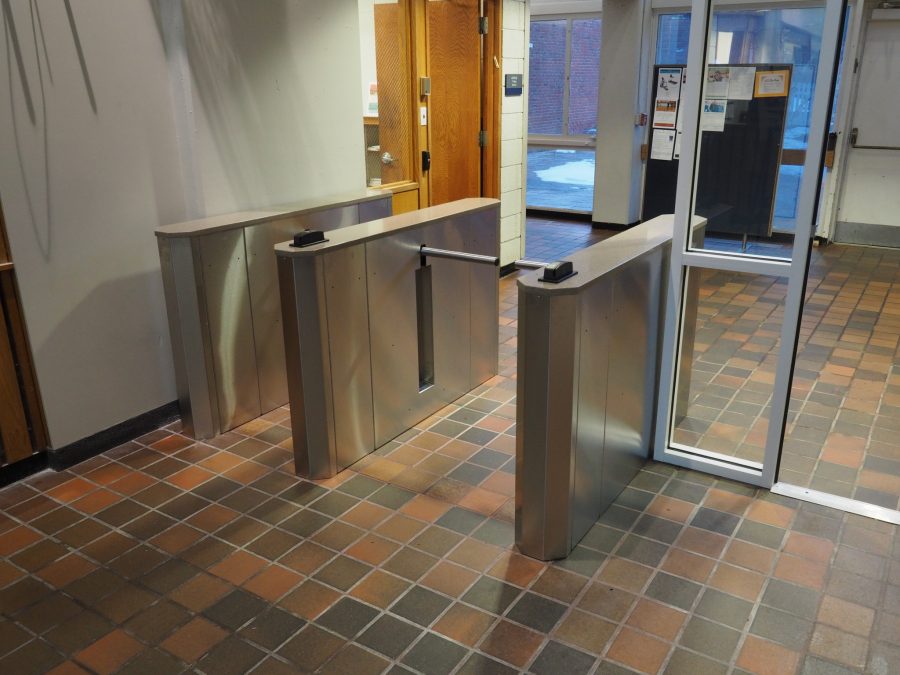This post is also available in:
 עברית (Hebrew)
עברית (Hebrew)
Concealed weapons detection systems that enable the screening of individuals in the public sphere without them being aware of it, can buy first responders critical intervention time. PATSCAN CMR (Cognitive Microwave Radar) is a covert primary radar screening device and software solution for the detection of on-body concealed weapons at access points including hallways and doorways of weapons-restricted buildings and facilities. PATSCAN is an easily concealed, cost-effective and non-invasive full body scanning technology that is proven, practical and safe.
The radar device and software solution are a stand-off weapon detection system capable of learning, adapting and ensuring detection of concealed weapons – even on moving targets.
Recently, the technology developer Patriot One Technologies Inc. has entered into a reseller agreement with accredited national systems integration experts in New Zealand, Aotea Security. Aotea Security is the security specialist arm of the Aotea Group of companies which provides New Zealand’s nationwide solution for electronic security, electrical, fire, and communications services. Now the company announced the addition of the PATSCAN CMR concealed weapons detection system as part of their inventory of dedicated solutions, according to gsnmagazine.com.
According to the company website, CMR identifies threats by database comparison of known weapons profiles, and by detection of concealed irregular object mass. Unlike millimeter wave units in use currently, the CMR is far less expensive, easily concealed, and utilizes a single scan for detection, as compared to the numerous scans required by large, expensive and manned static installations.
PATSCAN CMR screens individuals in real time as they pass through the CMR detection field in access points, halls and entryways. Installation can be covert or overt from any direction (e.g., sides, directly above or below), subject to need and structural considerations. Eliminates institutional metal detector style look and feel.
The technology employs a network-wide ability to “learn” and adapt to new threats as “signature” patterns are identified. Pattern updates are transmitted network-wide offering an ever increasing signature library.
The CMR offers performance accuracy which significantly reduces personnel needs required for bag checks and secondary screening as security is primarily deployed against identified threats only.
Early detection reduces inspection team size and buys first responders critical intervention time.
Users manage activities from a desktop computer, mobile application, or as a dedicated alarm for localized alerts.


























